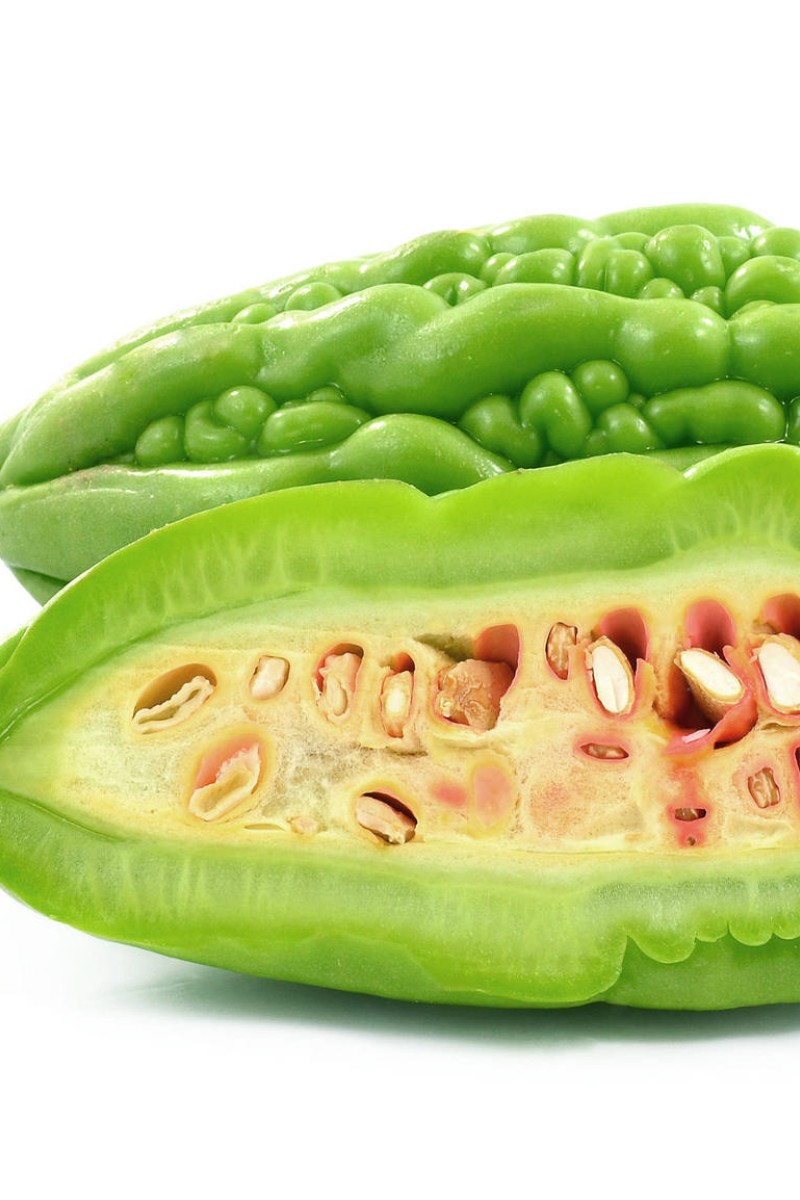
Discover & Innovate: Melon has super healing powers
Bitter melon isn't just good in a stir fry, it can also help heal wounds faster

If your mum always tells you how healthy bitter melon is, listen to her. Research has shown it has healing properties; one study suggests that an oily homogenized form of bitter melon helped heal an injured rabbit.
How is this possible? Wound healing is a complex biological process that involves inflammation, cell migration, and collagen deposition among other stages.
In our study, we focused on discovering the impact of bitter melon on cell migration. The main aim was to find out if different concentrations of bitter melon extract have different effects on this process.
Cell migration is an important step in the process of healing cuts, scratches and grazes. A wound is basically an open area over which skin cells have become detached. Cell migration is the process by which cells begin to cover up the open area until the cells are "in confluence", or stick together. Fast cell migration means rapid wound healing.
We did several scratch assays to study cell migration. An assay is an investigative procedure for qualitatively assessing or quantitatively measuring a scientific process. A scratch assay is an easy, low-cost and well-developed method for measuring cell migration in vitro (outside their natural setting).
For the scratch assay, we used MDCK cells. MDCK cells are a type of epithelial cell. These types of cells commonly found in human skin, although we used cells taken from a dog's kidney tissue. We let the cells grow to mimic a layer of tissue wound. We waited until a complete surface cell layer had formed, then created an open gap in the layer by using a pipette tip to scratch a cross through the layer.
The open gap acted as an "open wound". As cells moved to fill in the damaged area, "healing" occurred: cells moved to fill in the space.
We had several different dishes of scratched cells, each treated with a different concentration of bitter melon extract. We photographed the crosses, which were treated with different concentrations of bitter melon extract.
By the following day, all of the crosses had disappeared. The faster the cells migrated, or moved to fill the space, the faster the wound healed.
Our experiment indicates that bitter melon has the potential to boost cell migration and thereby accelerate the process of wound healing. This is important because faster cell migration and faster wound healing means injuries are exposed to germs for shorter periods of time, lowering the chances of infection.
So if you injure yourself, apply some bitter melon to the wound. It might be your new best friend!
Discover & Innovate